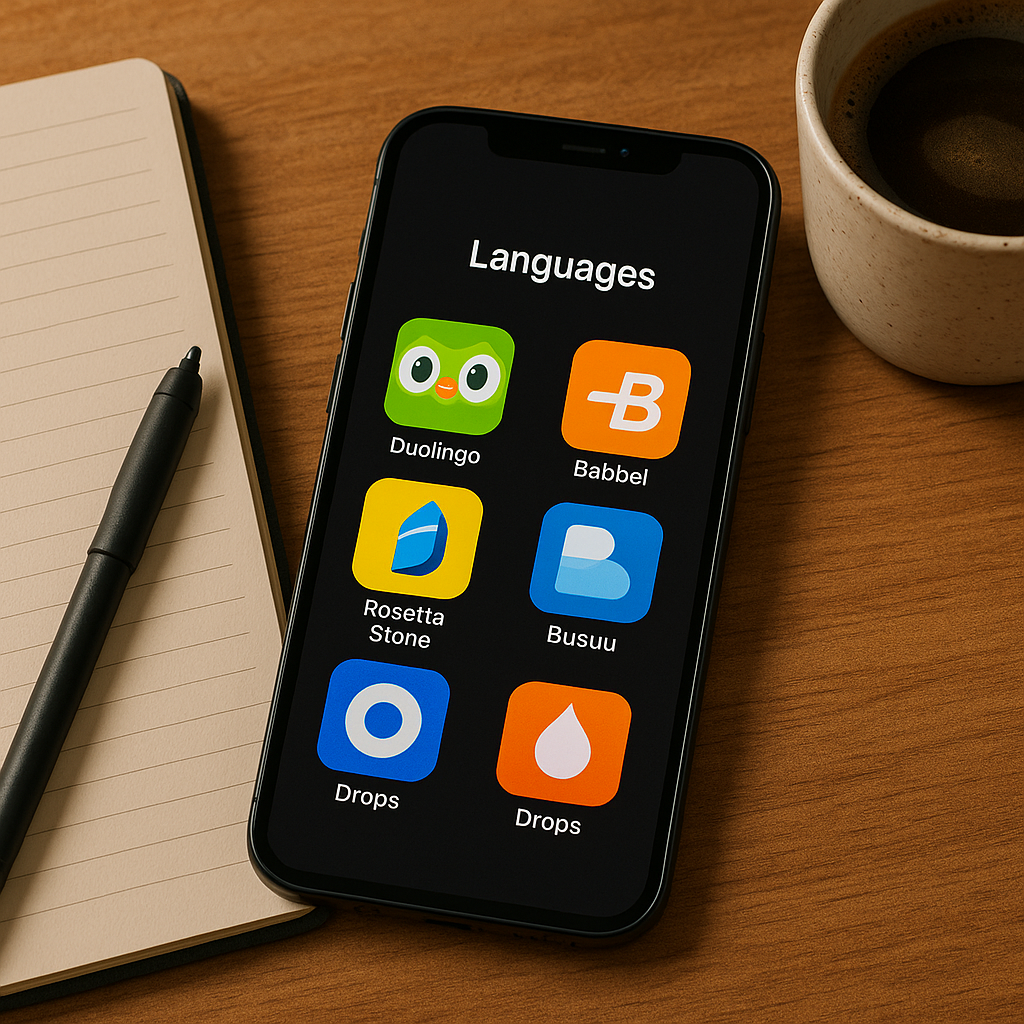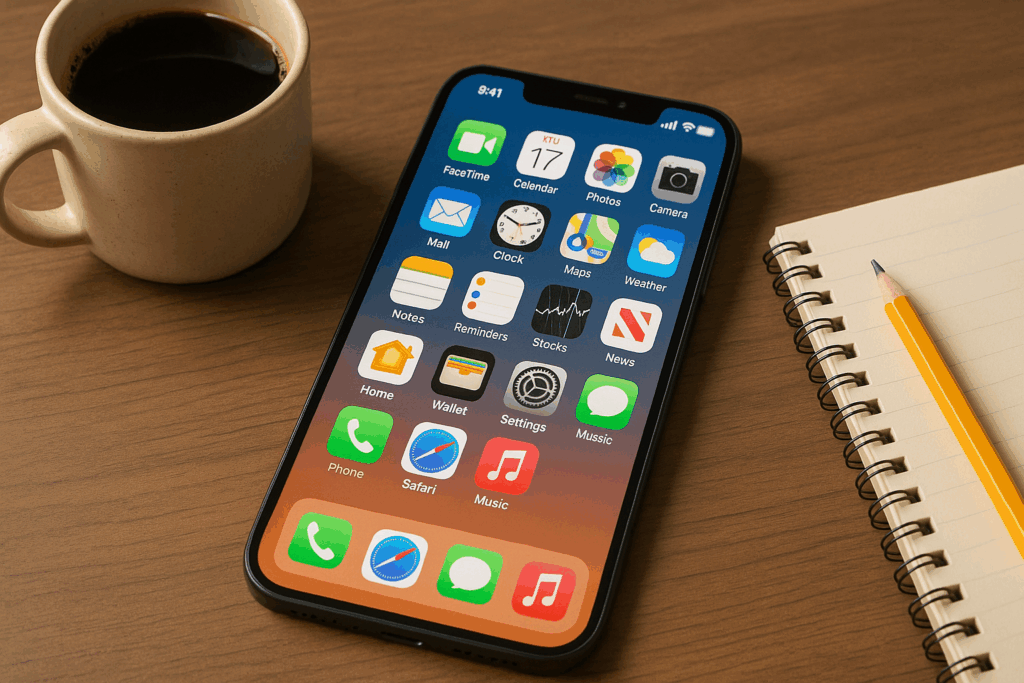If you’ve ever tried to learn a new language, you know it’s rarely as simple as downloading an app and suddenly speaking fluently. In 2025, though, language learning apps have come a long way. They’re smarter, more interactive, and honestly, a lot more fun than they used to be. But with so many options, how do you know which is the best language learning app of 2025 for you?
Over the past few months, I decided to give several of the top contenders a real shot. I set reminders, joined a few group chats, and even embarrassed myself in a couple of live practice sessions. Here’s what I discovered-warts, wins, and a few surprises along the way.
Duolingo: Still the King of Casual Learning
It’s hard to talk about language learning apps without mentioning Duolingo. The 2025 version is even more polished, with AI-powered lessons that adapt to your strengths and weaknesses. I liked the bite-sized lessons and the game-like streak system that kept me motivated (most days, anyway).
The new “Duolingo Max” subscription adds interactive stories and live conversation practice, which actually made a difference. I found myself laughing at some of the quirky sentences, but also genuinely learning. The downside? If you’re looking for deep grammar explanations or advanced content, you may want to supplement with something else.
Babbel: Practical and Structured
Babbel’s approach is a bit more serious. The lessons are built around real-life conversations, and there’s a stronger focus on grammar and pronunciation. I appreciated how each session built on the last, and the review system actually helped me remember tricky words.
What stood out was the speech recognition. It’s not perfect, but it did catch a few of my mispronunciations (embarrassing, but helpful). Babbel is probably the best language learning app of 2025 if you want a structured path and practical phrases for travel or business.
Busuu: Community and Feedback
Busuu takes a slightly different approach by connecting you with native speakers for feedback. After finishing a writing or speaking exercise, you can get corrections from real people. I was nervous at first, but the community was supportive and the corrections were spot-on.
The lessons themselves are straightforward, and the “Study Plan” feature helped me stay on track. If you’re serious about improving and want real feedback, Busuu is a strong contender.
Rosetta Stone: Immersive and Timeless
Rosetta Stone has been around for decades, and its immersive method is still unique. The 2025 app version is sleek, with lots of visuals and no translations-it’s all about context and intuition. I’ll admit, it took a while to get used to, but after a few weeks, I noticed I was thinking more in the target language.
There’s also a “Live Tutoring” option, which pairs you with a real teacher for conversation practice. It’s pricier than other apps, but if you want to build a solid foundation, it’s worth considering.
Memrise: Fun, Fast, and Focused on Speaking
Memrise stands out for its focus on real-world language and video clips of native speakers. The app is playful, with lots of memes and short videos that make learning less intimidating. I found myself repeating phrases out loud, and the spaced repetition system actually helped things stick.
The “Immerse” feature, which puts you in virtual scenarios (like ordering coffee or asking directions), felt surprisingly useful. If you want to practice speaking and listening in a low-pressure way, Memrise is a great pick.
Mondly: For Quick Learners and Travelers
Mondly is perfect if you want to pick up the basics fast. The lessons are short and to the point, and the chatbot conversations are a fun way to practice. I liked the daily quizzes and the augmented reality feature that lets you “see” vocabulary in your environment.
It’s less comprehensive than some other apps, but for travelers or casual learners, it’s a fun and effective option.
What Really Matters When Choosing a Language App?
After months of testing, I realized that the best language learning app of 2025 isn’t just about flashy features or big promises. Here’s what actually made a difference for me:
- Consistency: The apps that reminded me to practice every day (and made it easy to do so) helped the most.
- Speaking practice: Apps with real conversation features or speech recognition made me more confident.
- Community: Getting feedback from native speakers, even just a little, was incredibly motivating.
- Fun factor: If learning felt like a chore, I stopped using the app. The best ones made it feel like a game.
Free vs. Paid: Is It Worth Upgrading?
Most apps offer a free version, but I found that paying for a subscription unlocked more content, better practice tools, and sometimes live support. If you’re serious about learning, the investment can be worth it. But if you’re just dabbling or want to brush up before a trip, the free versions are surprisingly robust.
The Little Things: Reminders, Offline Mode, and More
Small touches matter. I appreciated apps that worked offline (great for subway rides), sent gentle reminders, and let me set my own goals. Some even offered podcasts or news in the target language, which was a nice bonus.
What’s Next for Language Learning Apps?
Looking ahead, I think we’ll see even more AI-driven personalization and live conversation features. Some apps are already experimenting with virtual reality, letting you “travel” to a new country without leaving your couch. I’m curious (and a bit skeptical) about how immersive these will get, but the progress so far is impressive.
Final Thoughts: Which App Should You Try?
If you want something fun and easy to stick with, Duolingo or Memrise are great places to start. For structured learning and real-life conversations, Babbel and Busuu stand out. If you want immersion and a strong foundation, Rosetta Stone is still a classic. And for quick, travel-focused lessons, Mondly is a solid choice.
The best language learning app of 2025 is the one you’ll actually use. Try a few, see what clicks, and don’t be afraid to mix and match. Consistency is key, and even five minutes a day adds up over time.



Wow! Thank you! I continually needed to write on my site something like that. Can I include a fragment of your post to my site?